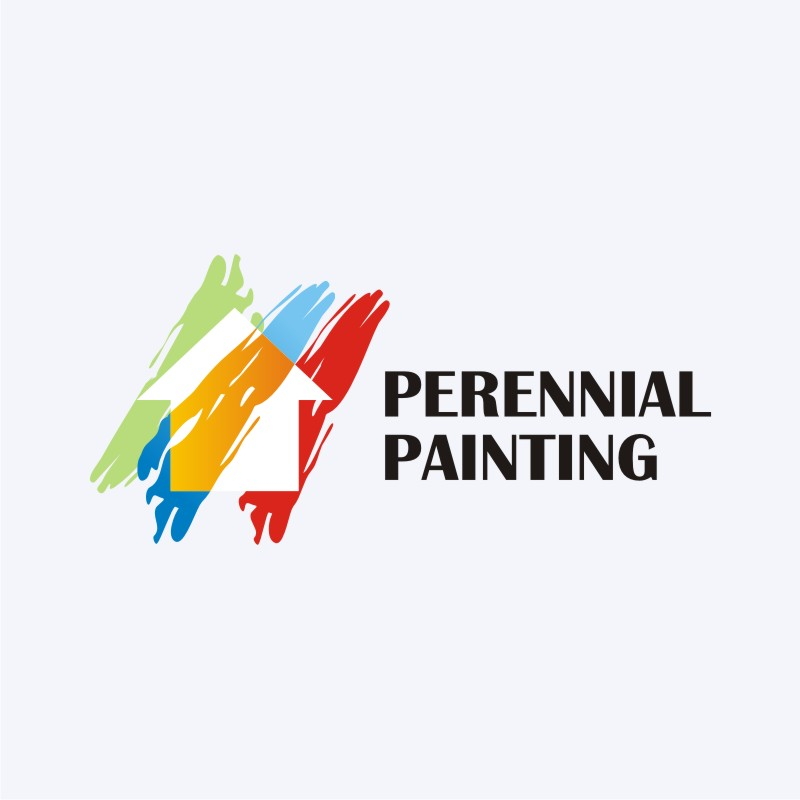Expanding Little Environments: Artistic Approaches To Produce An Assumption Of Space
Expanding Little Environments: Artistic Approaches To Produce An Assumption Of Space
Blog Article
Post By-
In the realm of interior design, the art of making the most of little areas through tactical painting techniques supplies a profound possibility to transform confined areas into visually large havens. The cautious option of light shade combinations and smart use optical illusions can function marvels in creating the impression of area where there appears to be none. By using these strategies deliberately, one can craft an atmosphere that opposes its physical borders, welcoming a sense of airiness and openness that conceals its actual dimensions.
Light Shade Choice
Picking light shades for your painting can dramatically enhance the impression of area within your artwork. Light colors such as soft pastels, whites, and light grays have the capability to reflect even more light, making a space feel more open and airy. These colors develop a sense of expansiveness, making wall surfaces appear to recede and ceilings seem greater.
By using light colors on both wall surfaces and ceilings, you can blur the borders of the area, providing the impression of a larger location.
Moreover, light colors have the power to jump natural and man-made light around the space, lightening up dark corners and casting fewer darkness. This result not only adds to the general roomy feeling however also creates an extra welcoming and dynamic ambience.
When picking light shades, take into consideration the undertones to make certain consistency with various other elements in the space. By purposefully incorporating light colors right into your painting, you can transform a confined space right into an aesthetically bigger and extra welcoming environment.
Strategic Trim Paint
When intending to develop the impression of room in your paint, critical trim paint plays an essential role in specifying borders and boosting depth understanding. By strategically picking the colors and surfaces for trim work, you can efficiently manipulate how light engages with the area, ultimately influencing just how huge or tiny a room really feels.
To make a space show up bigger, think about repainting the trim a lighter shade than the wall surfaces. This comparison creates a sense of deepness, making the wall surfaces decline and the area feel more expansive.
On the other hand, painting the trim the exact same shade as the walls can develop a smooth look that obscures the sides, providing the illusion of a continual surface area and making the limits of the area less specified.
Furthermore, using a high-gloss surface on trim can reflect more light, more enhancing the perception of room. Alternatively, a matte coating can absorb light, creating a cozier environment.
Meticulously considering these details when repainting trim can substantially affect the overall feel and perceived size of a room.
Visual Fallacy Techniques
Utilizing visual fallacy strategies in paint can effectively change understandings of deepness and space within a given setting. mouse click the up coming website is using gradients, where colors change from light to dark tones. By using a lighter shade on top of a wall surface and gradually dimming it in the direction of the bottom, the ceiling can appear higher, creating a sense of upright space. Conversely, repainting https://independent-painters-near88877.blognody.com/34463193/enhancing-the-atmosphere-of-your-home-starts-with-selecting-the-ideal-paint-shades-discover-just-how-to-establish-the-perfect-mood-in-each-room than the walls can make it seem like the space expands even more than it really does.
just click the up coming web site involves the critical placement of patterns. Straight stripes, for instance, can aesthetically widen a narrow space, while upright red stripes can lengthen an area. Geometric patterns or murals with perspective can likewise fool the eye into viewing even more deepness.
In addition, integrating reflective surface areas like mirrors or metallic paints can bounce light around the area, making it really feel extra open and large. By skillfully using these optical illusion methods, painters can transform small spaces into aesthetically extensive locations.
Verdict
In conclusion, calculated paint strategies can be utilized to optimize tiny spaces and produce the illusion of a bigger and a lot more open area.
By selecting light colors for wall surfaces and ceilings, using lighter trim colors, and including visual fallacy strategies, assumptions of deepness and dimension can be manipulated to transform a tiny space into a visually larger and extra inviting atmosphere.
